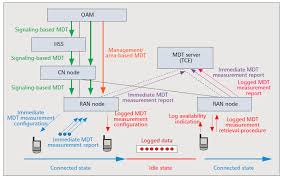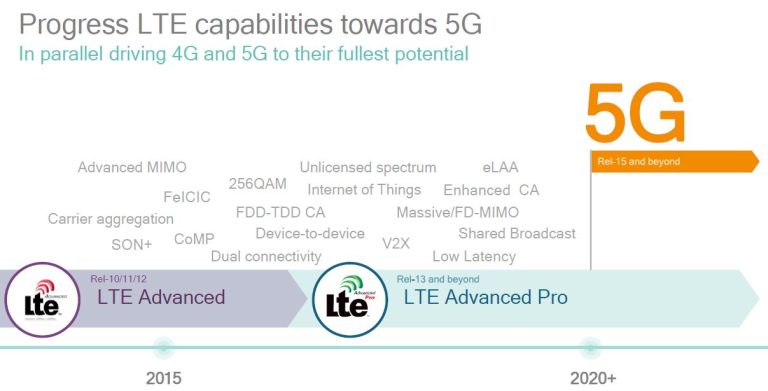Graphene in 5G: Unlocking High-Speed Communication Potential
In the fast-paced digital era, 5G technology stands as a revolutionary step in wireless communication. Promising ultra-fast speeds, minimal latency, and seamless connectivity, 5G is set to reshape industries and consumer experiences worldwide. Yet, one of the most groundbreaking enablers behind this transformation is graphene—a wonder material poised to amplify the full potential of next-generation networks.
What is Graphene?
Graphene is a single layer of carbon atoms arranged in a honeycomb lattice. Known as the thinnest, strongest, and most conductive material ever discovered, graphene has captivated researchers across industries. Its unique combination of high electrical conductivity, flexibility, and transparency makes it an ideal candidate for applications in electronics, sensors, energy storage, and—most notably—telecommunications.
The Role of Graphene in 5G Technology
The deployment of 5G networks requires components that can handle higher frequencies, greater bandwidth, and enhanced efficiency. Traditional materials, such as silicon, face limitations when operating at the millimeter-wave frequencies essential for 5G. This is where graphene becomes a game-changer.
- High-Frequency Performance
Graphene’s ability to conduct electrons faster than any known material makes it ideal for high-frequency transistors. These components are crucial in 5G devices, enabling smoother signal processing and faster data transmission. - Improved Antennas and Sensors
Graphene can be used to design ultra-thin, flexible, and transparent antennas. Such antennas can operate across a wide range of frequencies, significantly improving connectivity and device integration. - Energy Efficiency
5G infrastructure demands enormous energy resources. Graphene-based electronics consume less power while maintaining superior performance, contributing to more sustainable network solutions. - Thermal Management
Heat management is a critical issue in high-speed communication devices. Graphene’s excellent thermal conductivity helps dissipate heat efficiently, ensuring longer device lifespans and stable performance.
Potential Applications of Graphene in 5G Ecosystems
The integration of graphene into 5G technology opens doors to a wide range of applications:
- Smartphones and Wearables: Faster processors, flexible displays, and more efficient batteries.
- Internet of Things (IoT): Low-power, high-performance sensors for interconnected smart devices.
- Autonomous Vehicles: Reliable high-speed communication between vehicles and infrastructure.
- Smart Cities: Enhanced wireless networks to support real-time monitoring and automation.
These innovations highlight how graphene could serve as the backbone of future 5G-driven ecosystems.
Challenges and Future Outlook
While the potential is immense, the commercial adoption of graphene in 5G faces challenges. Large-scale, cost-effective production of high-quality graphene remains a technical hurdle. Moreover, integrating this new material into existing semiconductor manufacturing processes requires further research and development.
Despite these challenges, global investment in graphene research is growing rapidly. With continued advancements, it is likely that graphene-based devices will soon become integral to the 5G revolution and beyond.
Conclusion
Graphene is more than just a scientific curiosity—it is a transformative material with the power to unlock the true potential of 5G networks. From faster devices to energy-efficient infrastructure, the marriage of graphene and 5G promises to reshape digital communication, driving innovation across industries and everyday life. As the world races toward a hyper-connected future, graphene stands at the forefront, ready to redefine what’s possible in high-speed communication.







